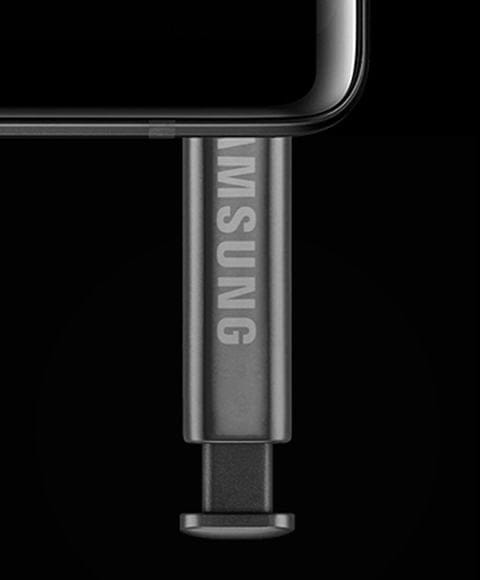With only two months between now and the potential launch of Samsung Galaxy Note 10, details about the phone are now becoming finer yet unclear, as expected of rumors and speculations.
For years, Samsung has used the Galaxy Note line to introduce groundbreaking features to its flagship phones, which makes sense that huge design changes are expected of the Galaxy Note 10 when it arrives. Two of the most talked about changes are about the headphone jack and physical buttons on the side of the phone.
A recent report by Android Police claims the Note 10 will ditch the 3.5mm headphone jack, much like the ill-fated Galaxy Fold. Samsung and LG are the only major smartphone vendors who have kept faith in the popular audio jack since it started disappearing on flagship phones a few years ago, but it seems the end of the road is here for Sammy.
This isn’t the first time such reports are popping up, but expecting the Note 10 to keep the headphone jack now seems futile. Given this is what has kept most people in Samsung’s camp, it will be interesting to see the market reaction once the device goes on sale.
The same Android Police report also suggests that the Note 10 will ditch all physical buttons in favor of pressure-sensitive areas on the edges highlighted by a raised bump or texture. But according to a known leaker, Ice Universe, this won’t be the case.
Note10 pursues stability and maturity. In the first version, Note10 did not have physical buttons. It was very radical but it did not pass Samsung's rigorous testing, so the final version of Note10 still retains physical buttons.
— Ice universe (@UniverseIce) May 31, 2019
Apparently, the original Note 10 design was supposed to ditch the physical buttons, but it didn’t pass Samsung’s rigorous testing and thus dropped. This means that Samsung will stick with physical buttons on the Note 10.
As noted earlier, the Note line has been used on numerous occasions to usher in new designs and features, but lately, this mantle seems to have been passed over to the Galaxy A lineup. We saw it last year when the Infinity O display first debuted on a Galaxy A device before making way to the Galaxy S series.
Granted, we could see a Samsung Galaxy A device with no physical buttons before the year ends, which will then move over to the Galaxy S11 and later Note 11.













Discussion